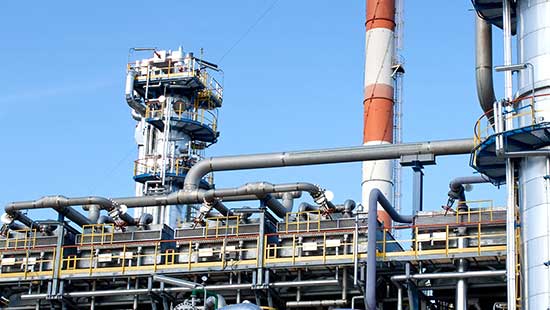A result of hydroprocessing reactions is the production of hydrogen sulfide and ammonia from contaminants removed from the hydrocarbon streams. As the effluent from the hydroprocess reactor is cooled through subsequent heat exchangers, the gas phase hydrogen sulfide, ammonia and chlorides (when present) will combine to form ammonium bisulfide and ammonium chloride. Where this occurs within the exchanger system depends on concentration and temperature. If deposits occur, under-deposit corrosion may take place.
In order to minimize this corrosion, refiners typically employ water wash strategies and system monitoring. With a high degree of contaminants, filming corrosion inhibitors can reduce corrosion to the process surface, and salt dispersant chemistry can minimize the potential for deposition in the system. The combination can help control corrosion in reactor effluent exchangers.



